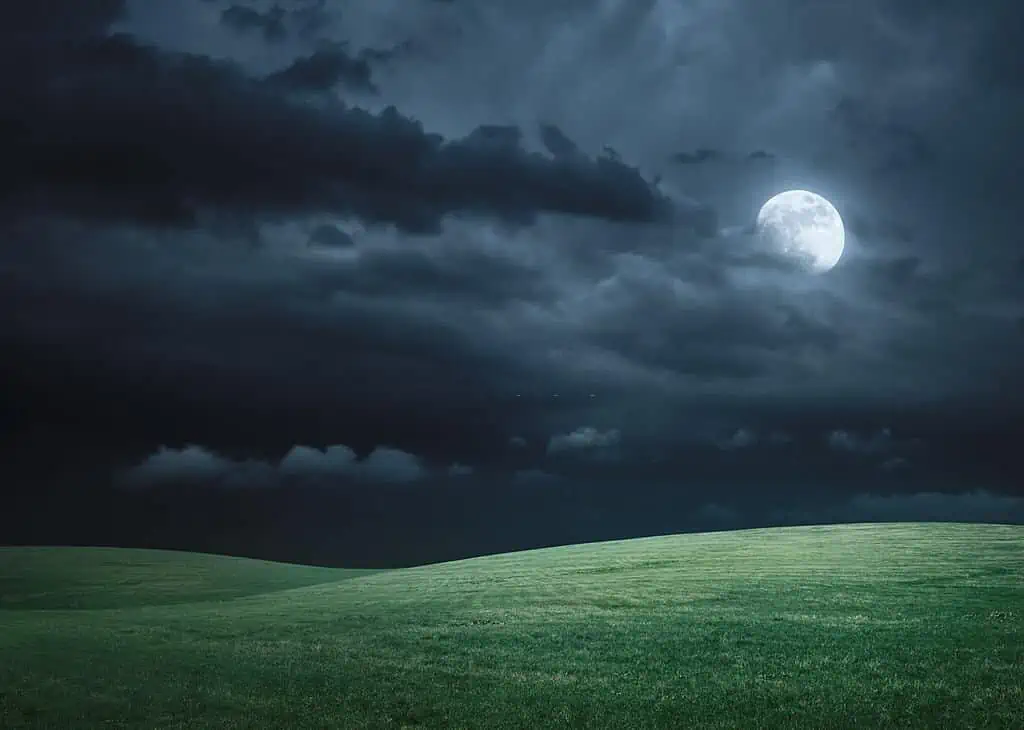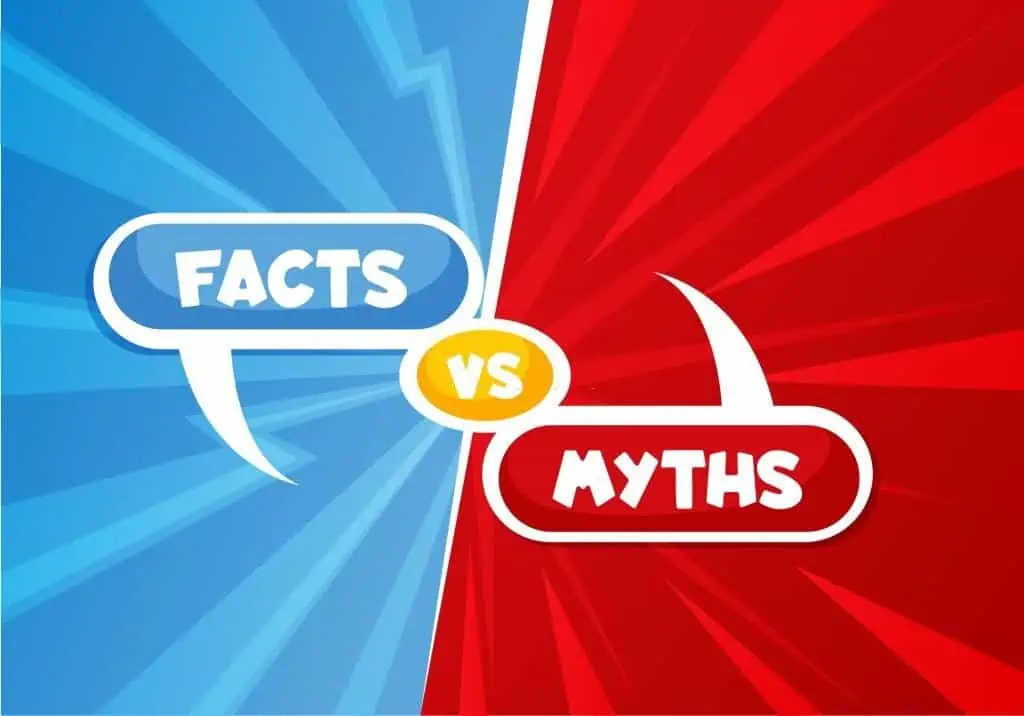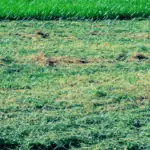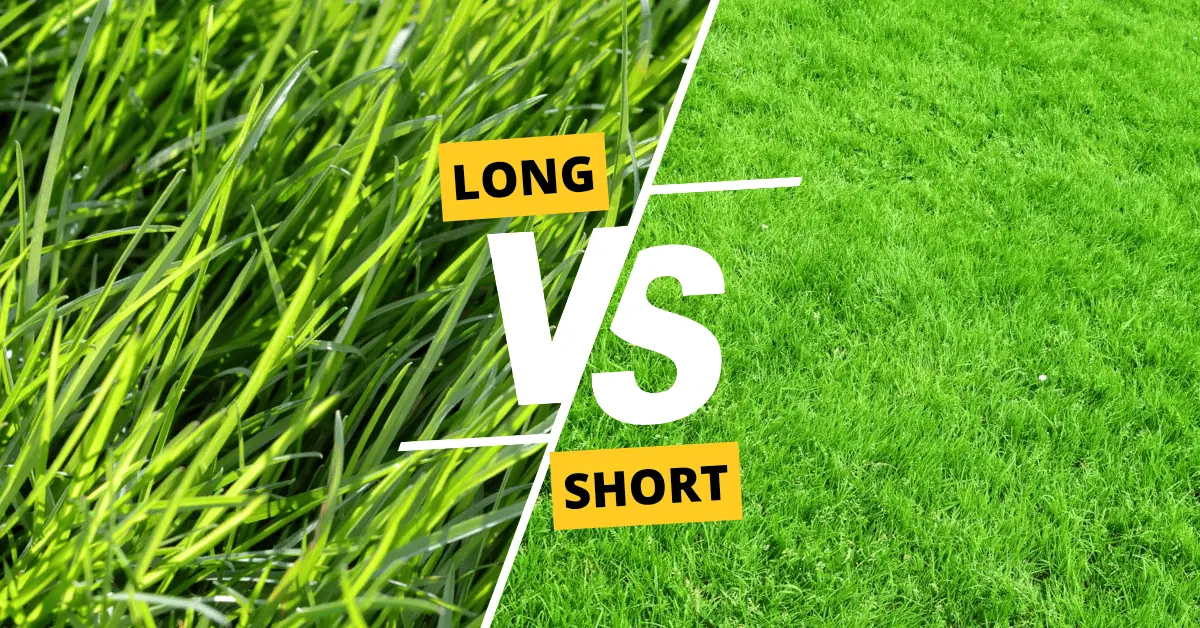The grass is a common feature of the landscape and is critical in preserving the ecosystem’s balance. Various elements impact grass development, including light, temperature, water, and nutrients. There has been some controversy on whether grass grows at night, which has been a subject of discussion for a while.
This article will discuss the factors determining grass growth and whether it occurs at night.
Does Grass Grow at Night?
Yes, grass does grow at night, but it grows slowly compared to during the day. Photosynthesis stops without light, and the plant must rely on its energy reserves to keep growing.
There needs to be more energy in the reserves to support rapid growth, but there is enough to support continuous gradual growth.
Factors affecting Grass Growth Rate
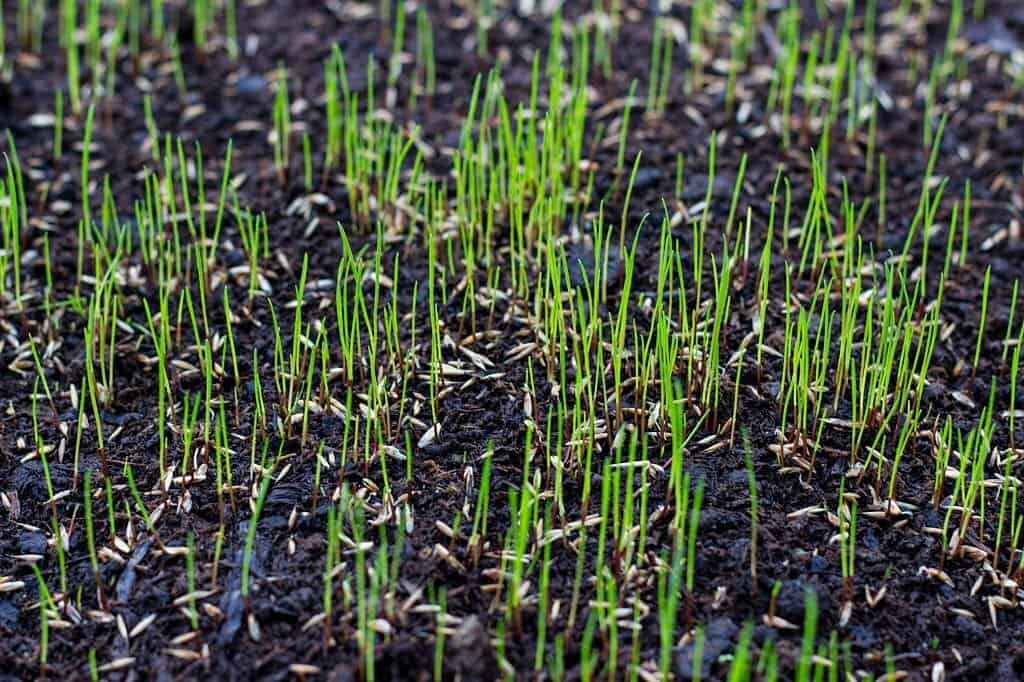
1. Light
It’s one of the most crucial components in the growth of grass. For plants to transform light energy into chemical energy for growth is a process known as photosynthesis, it must have the energy required for it to occur. In the presence of light, the grass uses it to generate energy and expand. The process, however, halts in the absence of light, and the grass does not expand.
2. Temperature
The development of grass is also greatly influenced by temperature. Although grass can grow at various temperatures, its best growth occurs in a particular temperature range. Growth slows or stops when temperatures are too high or low.
3. Nutrients
Additionally, nutrients are essential for grass growth. The three nutrients, nitrogen, phosphorus, and potassium, are the most crucial for grass growth. These nutrients come from the earth and impact grass growth when inadequate.
How many inches does Grass Grow daily?
All plants, including trees, grow on average by half an inch per day. Also, a plant can only grow one inch daily under ideal conditions. Certain plants can grow up to three inches daily when given the right conditions, while some nine inches in two days were the fastest-growing a plant has ever experienced! By adding fertilizer and water, growth is often increased.
Your plants would only grow a little if you didn’t get water or fertilize them since the nutrients would be too low for them to use. When plants are not receiving enough nutrients, it is difficult for them to grow. Even though a plant can go for weeks without water, it will die in a few days if it doesn’t get any.
The nutrients and environment they planted are other factors influencing the growth rate. Genetics, temperature, light, carbon dioxide (CO2) levels, and soil quality all affect a plant’s pace of growth. Because they lack the genes necessary to grow more quickly, some plants take longer to mature than others.
Grass Growing Overnight: Seasons
Warm-season grasses reach their maximum growth in the late spring to early summer. These grasses, which include well-known types such as Bermuda or Zoysia, require high temperatures to reach their development spurt, at which point they may even begin to grow at night. These temperatures must be between 70 and 75 degrees Fahrenheit or higher during the day or at night.
These grass varieties can grow a tenth of an inch per day in the spring and fall when the temperature is suitable. However, some of this growth occurs at night because the days are often shorter, and the growing process would otherwise continue during the day.
Cool-season grasses require colder temperatures to perform photosynthesis, so they do not grow as effectively during the hot summer. The various varieties of fescues, bluegrass, etc., are some common examples of cool-season grasses grown in the US.
Both grass varieties slow their development in the winter, during the day, and at night. When the temperature drops below 50 degrees, these grasses enter dormancy. This slower growth is also regulated by the short day and lower solar intensity. The grass will not go dormant in Southern states with mild winters; instead, it will continue to flourish.
You need to soften the soil by promoting soil aeration if you want the grass to grow at night. Additionally, you should water your lawn at the correct times and with the appropriate amounts of fertilizer regularly. Lastly, to see nocturnal growth, you must mow regularly and choose the appropriate variety of grass.
Make your grass grow more at night
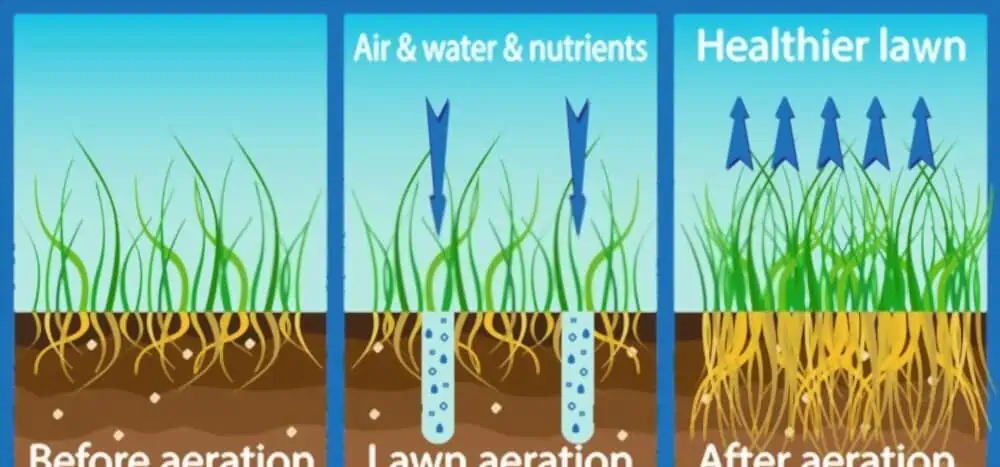
1. Soil Aeration
You will be astounded to observe how something as straightforward as soil aeration during the day and nighttime can accelerate grass growth. Even with light use—mainly if you use a riding mower to cut the grass – the soil will inevitably become compacted.
2. Routine Fertilizer
Nothing will accelerate your grass’ growth more effectively than a consistent application of the proper fertilizer, even at night! Rake the recipient soil well before adding any fertilizer, even before planting grass seed. That will enable the grass seed to receive a free supply of nutrients. You’ll see that the rate of seed germination will also increase quickly.
Feed the grass regularly with fertilizer after it has a good foundation. Liquid fertilizer dilution does not reduce effectiveness; on the contrary, it shields the grass from chemical burns.
One easy method is to make a few little holes in the ground with a lawn pitchfork. Each hole must be five inches deep and at least eight inches wide.
3. Water the soil
The grass needs to be watered heavily immediately after planting, and the last watering of the day should be done in the early evening before the sun sets. Seeds should not be allowed to dry out and should be watered up to six to seven times per day.
Use a little water during this initial phase to prevent overwatering the lawn. Change your watering method once germination occurs and grass blades cover the lawn.
4. Regular Mowing
Regular mowing encourages the growth of grasses, and each grass has a perfect height at which the healthiest blades are present. Because they wouldn’t be able to establish a robust root system below this height, the blades cannot support nighttime growth.
The grass blades are weaker and more prone to being trodden on and damaged since it is higher than this recommended height. The mending process in the grass is activated when it is chopped, encouraging more growth.
Conclusion
Various factors affect grass development, including light, temperature, water, and nutrients. Although grass can grow at night, it does so more slowly than during the day.
The energy required for photosynthesis is provided by light, making it the most significant factor in grass development. In the absence of light, the process stops, and the grass doesn’t expand.
Now that you know that grass grows at night, you can always plant your favorite seeds and watch them bloom!
